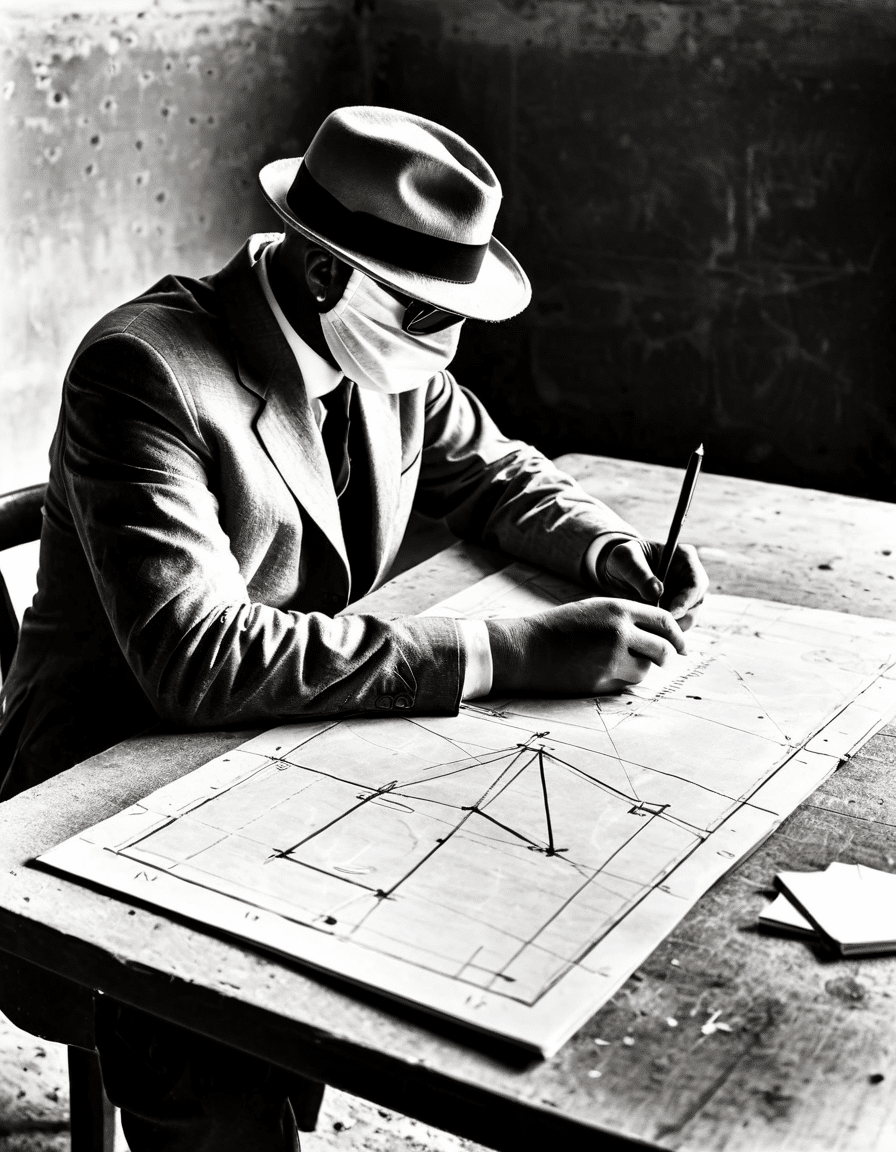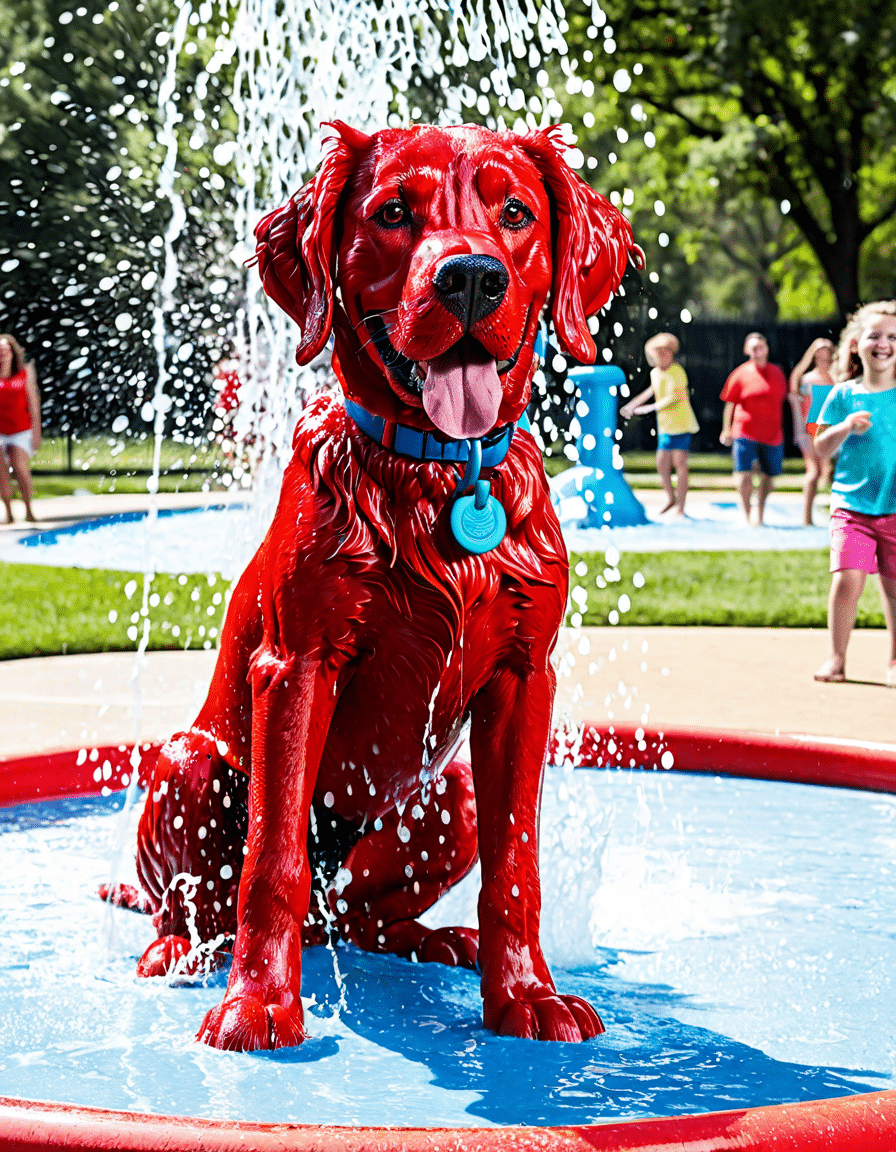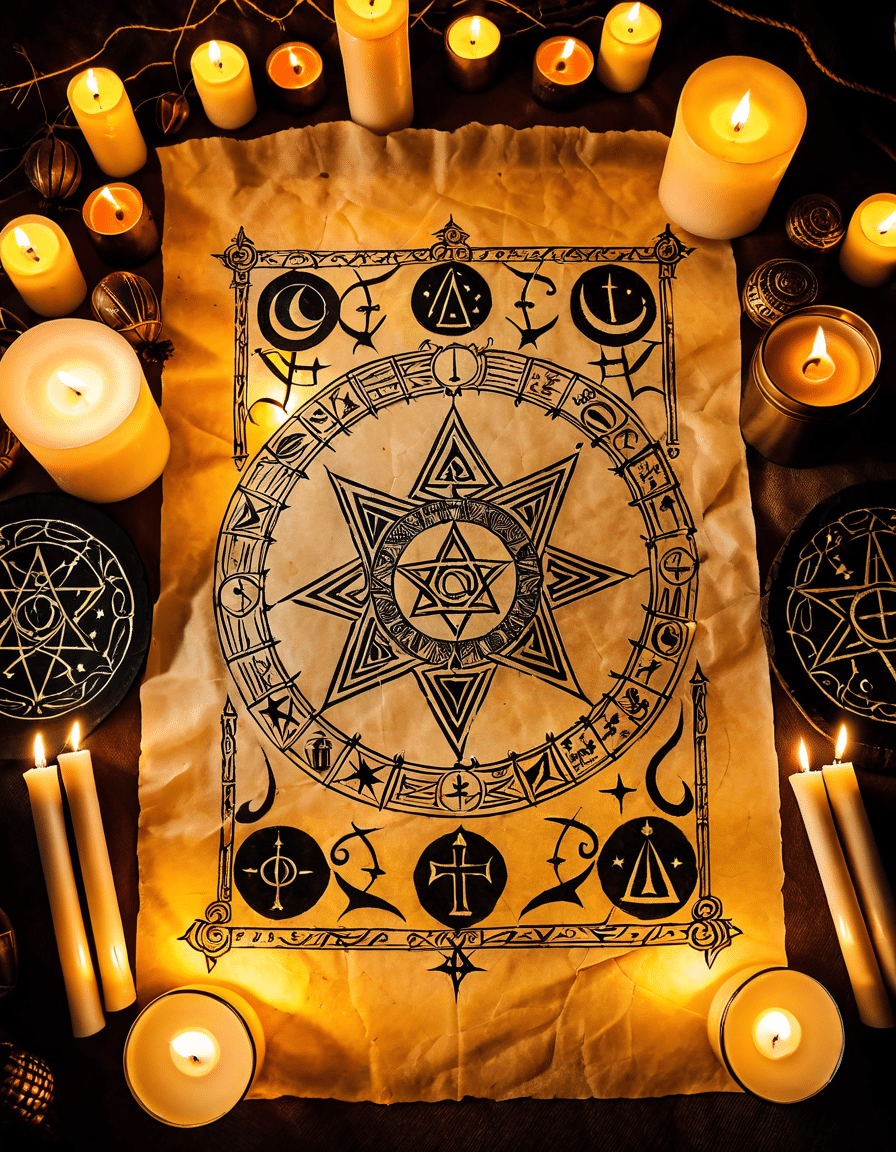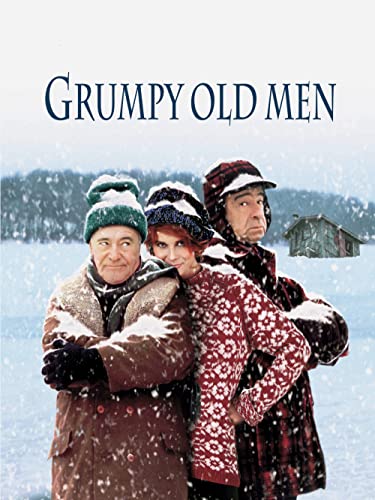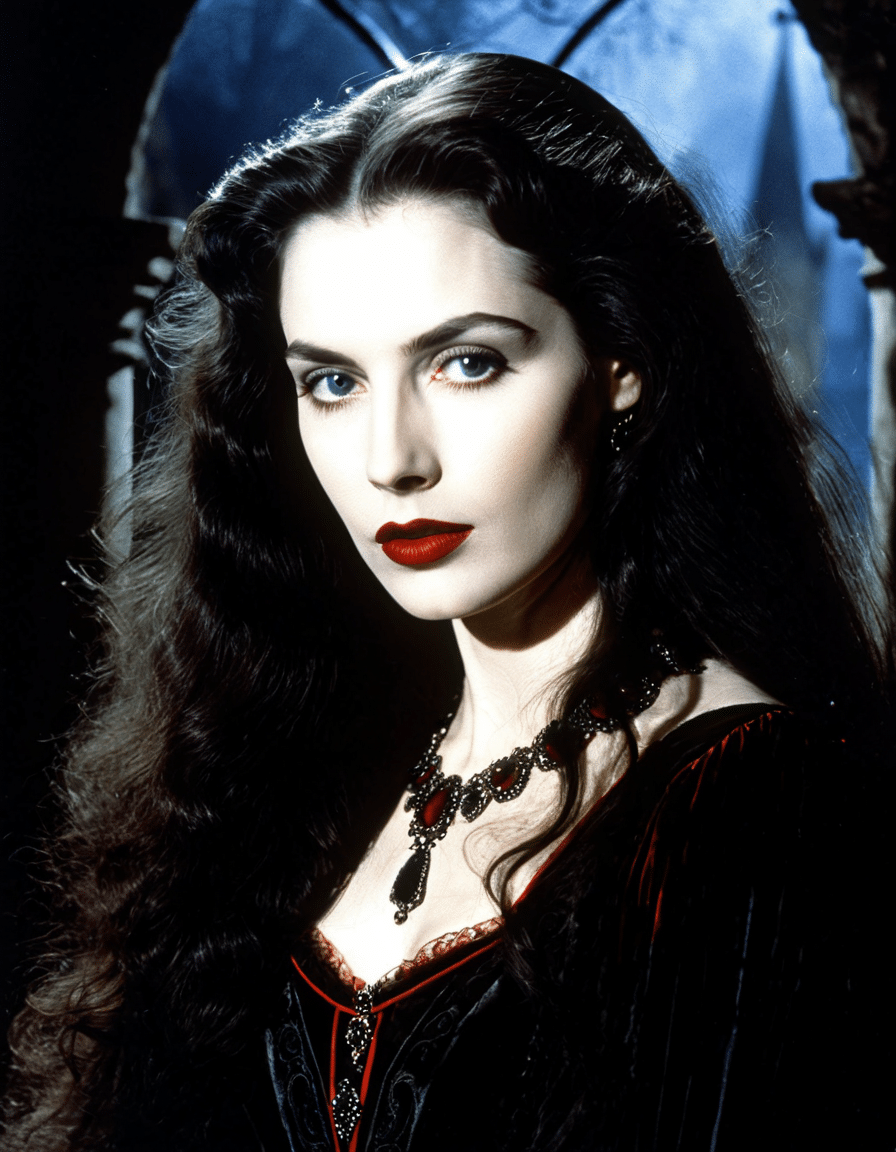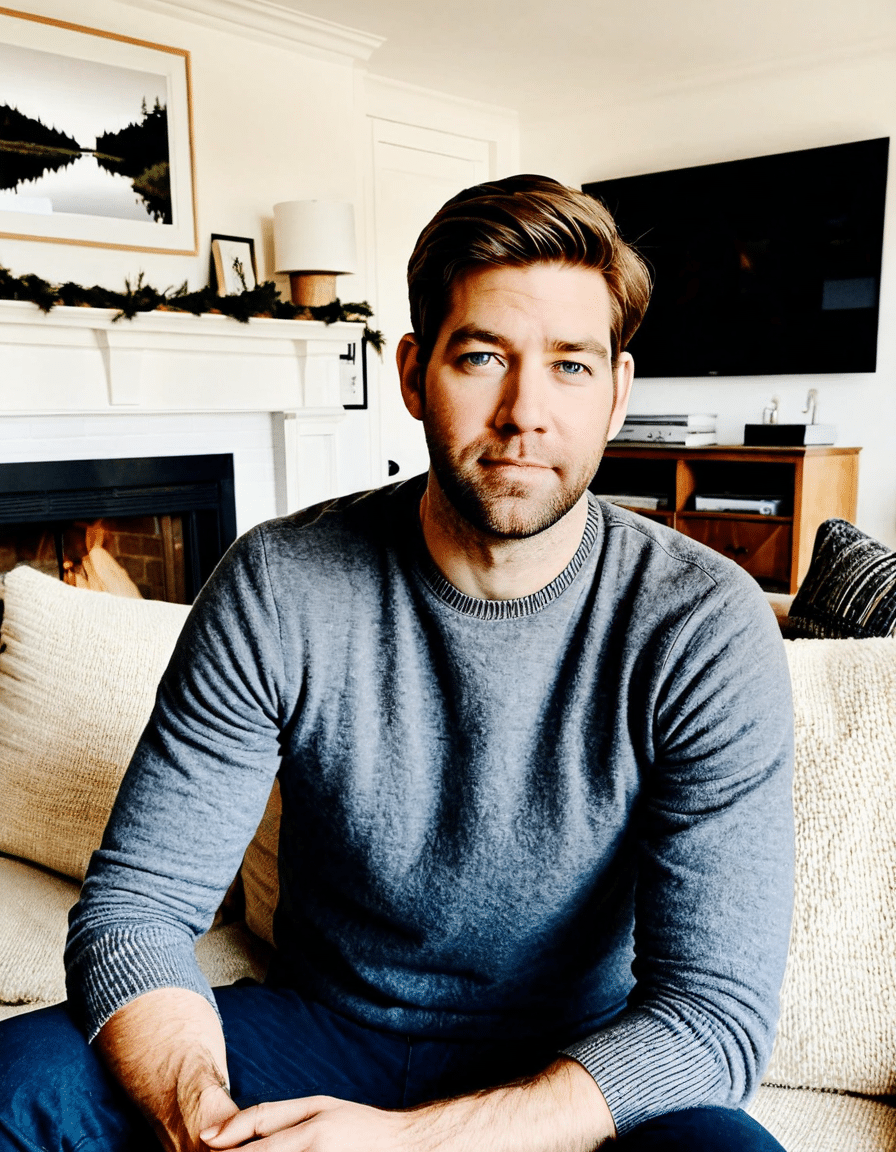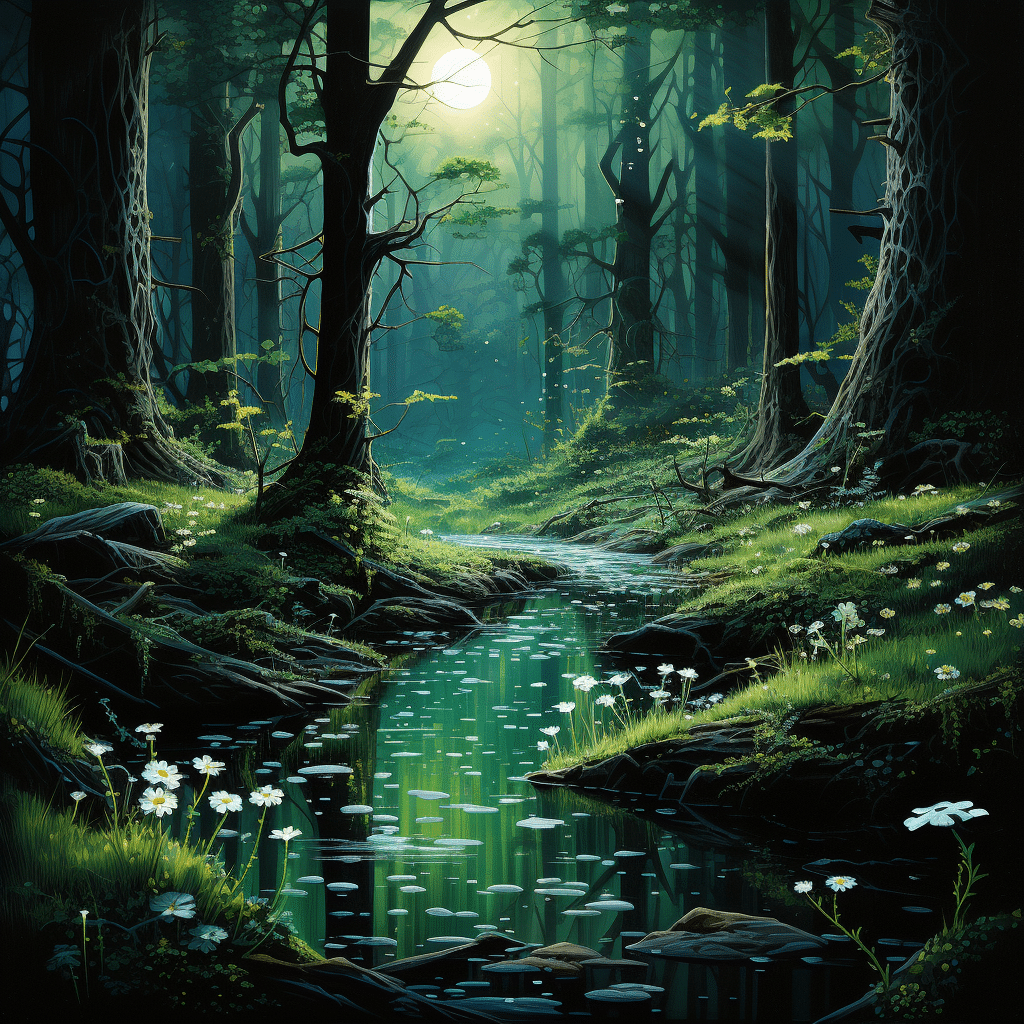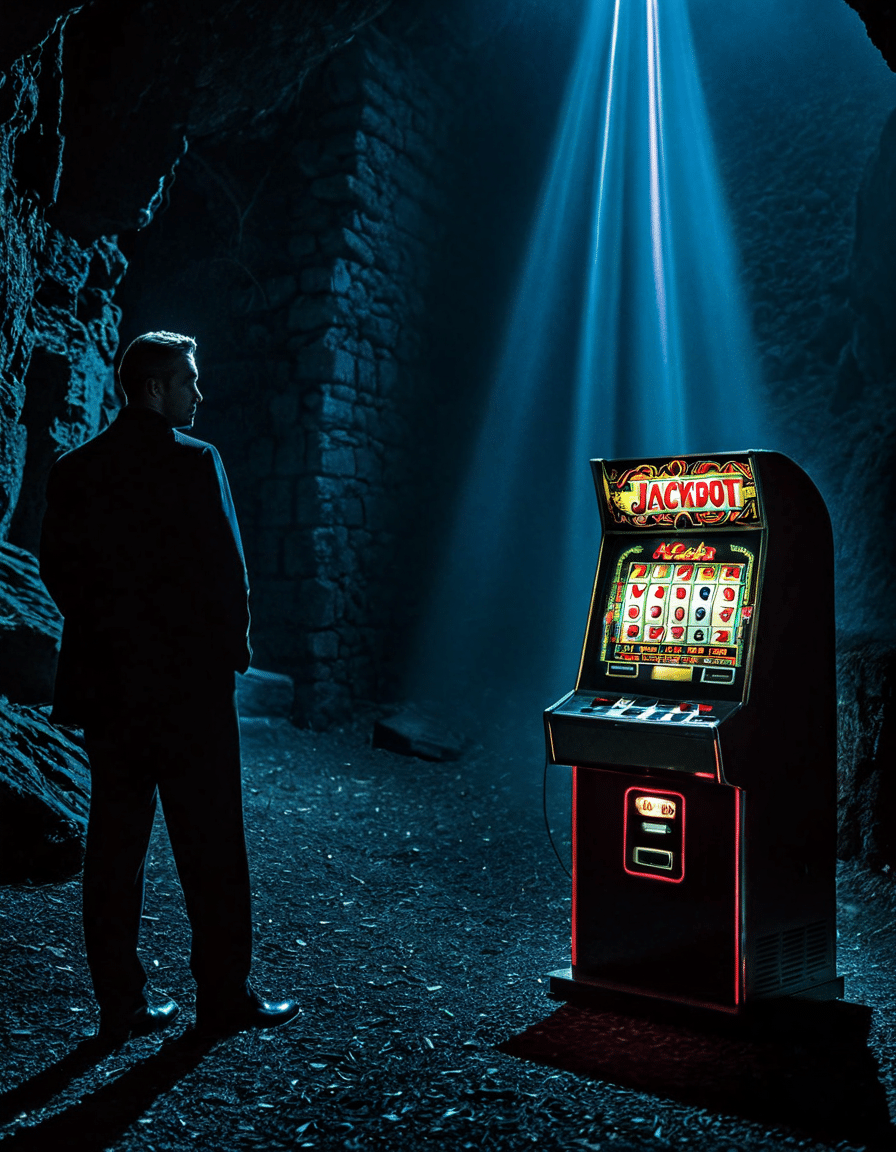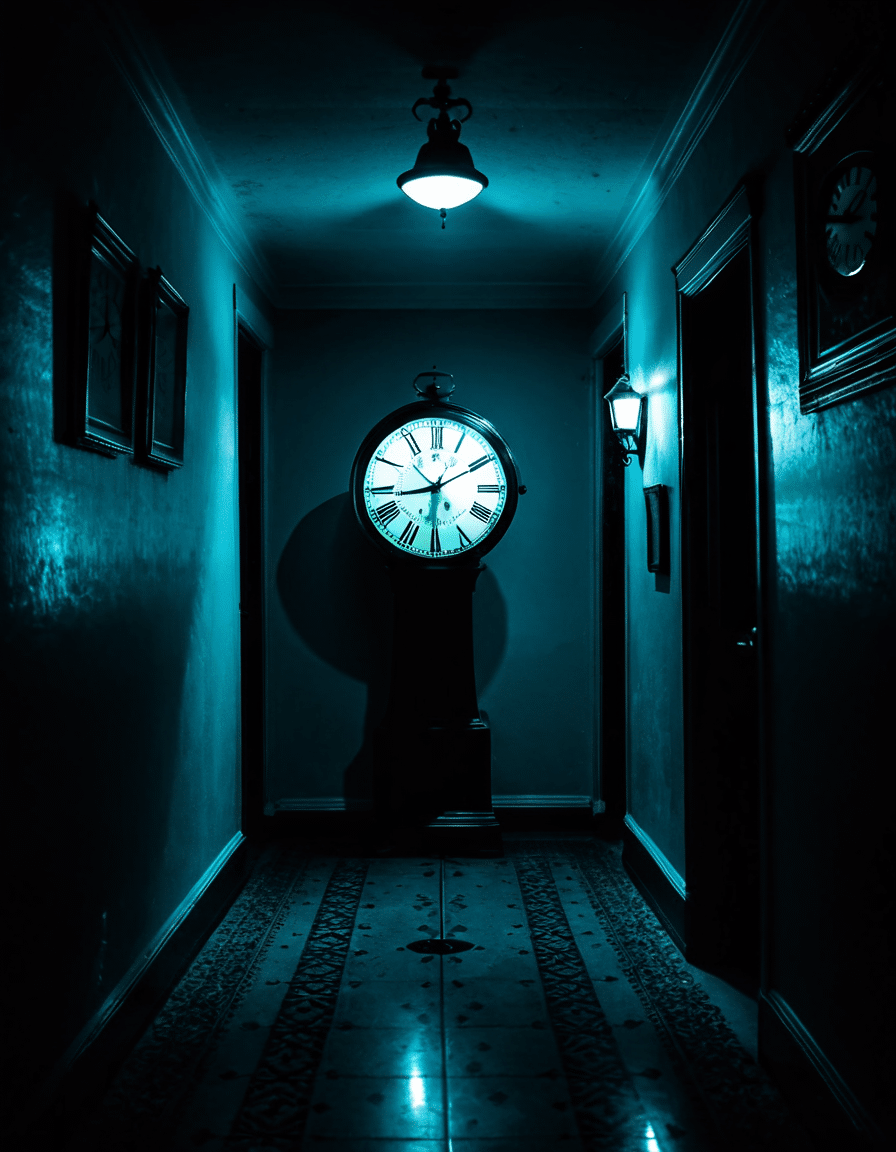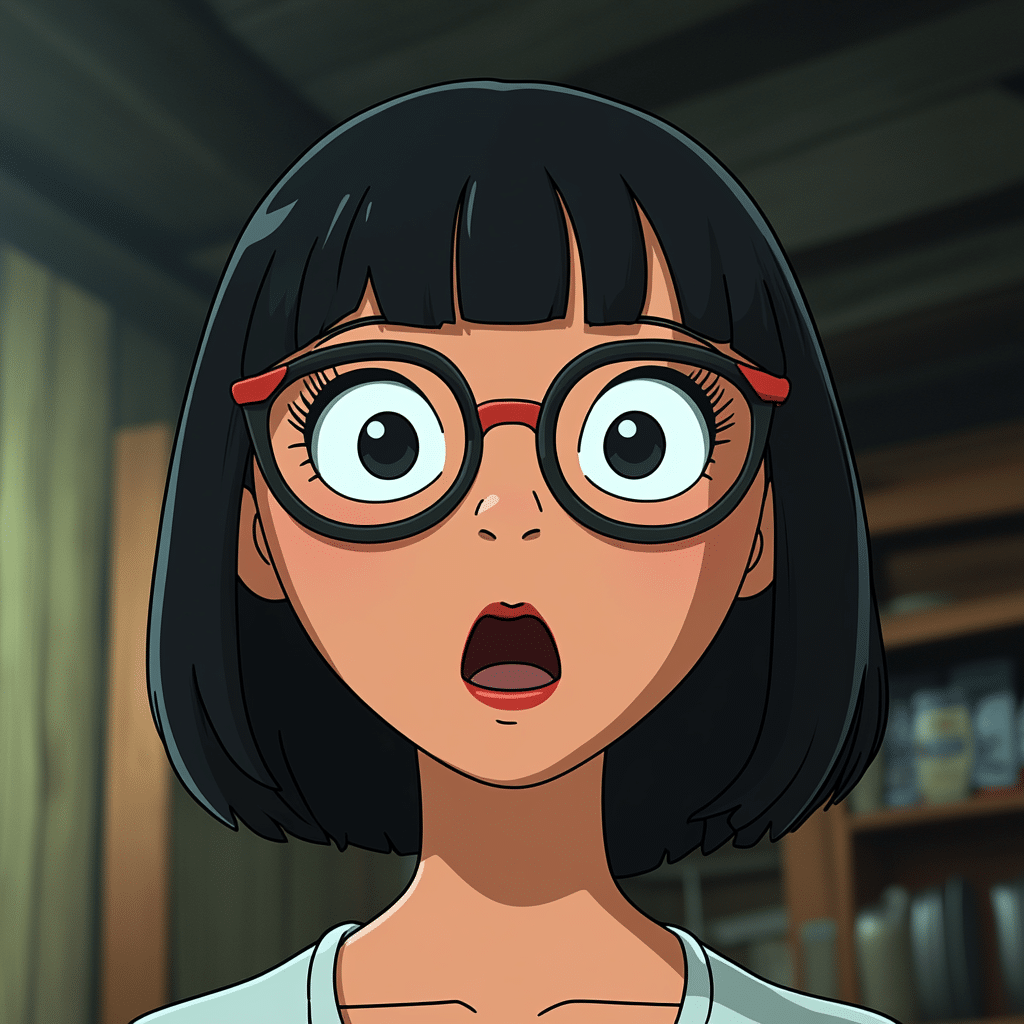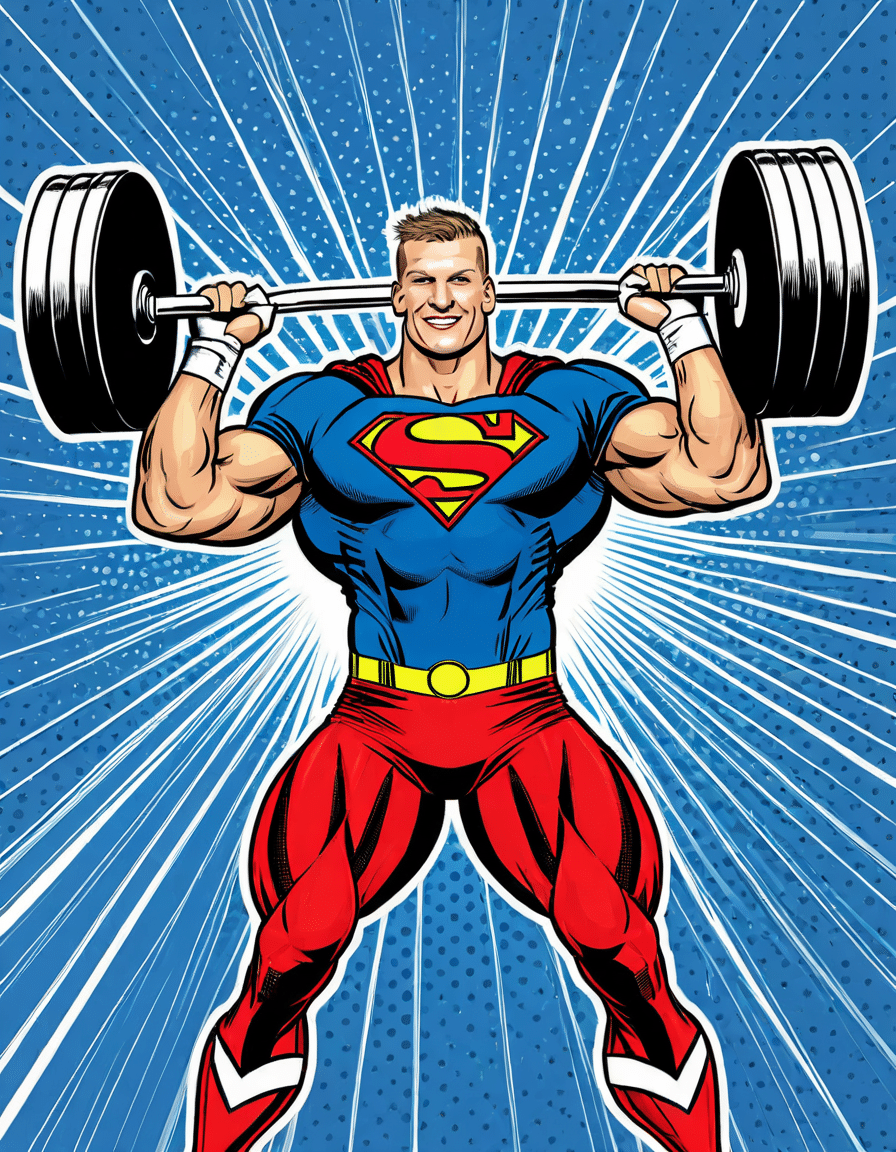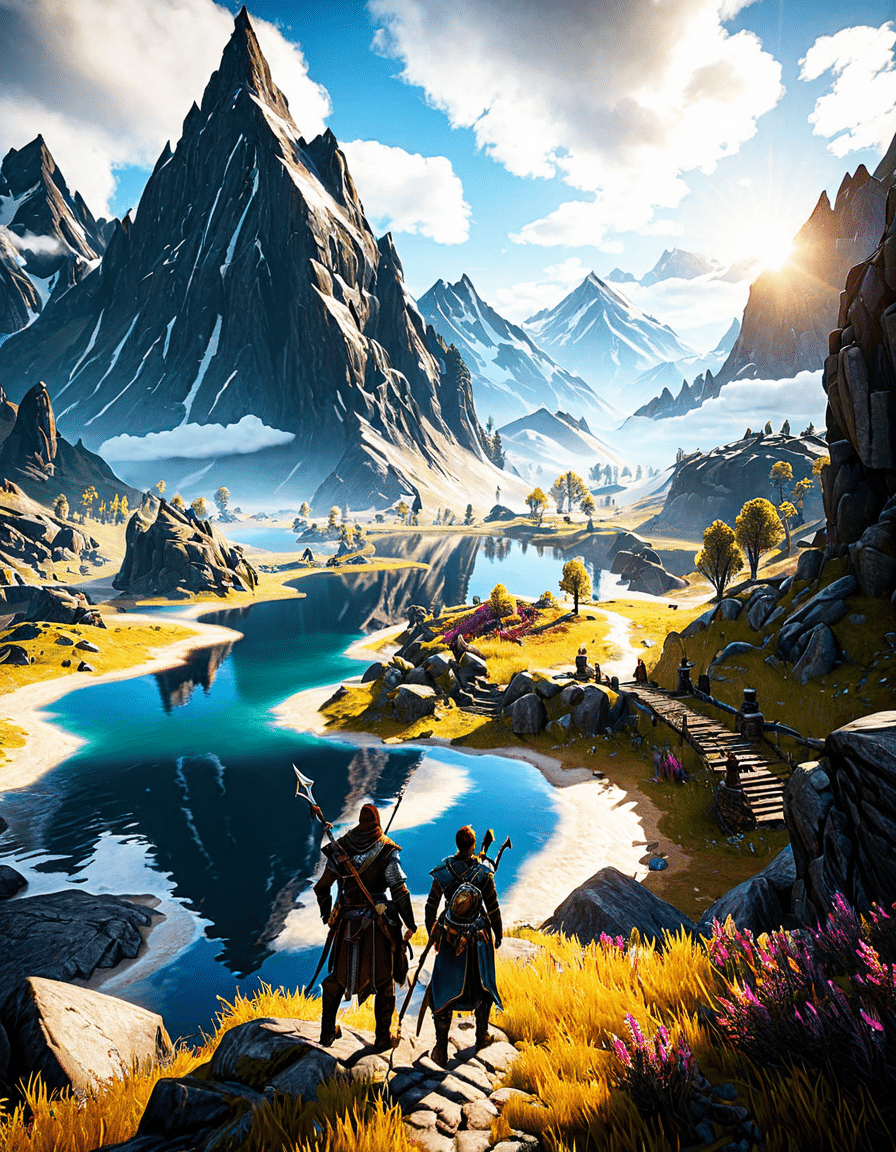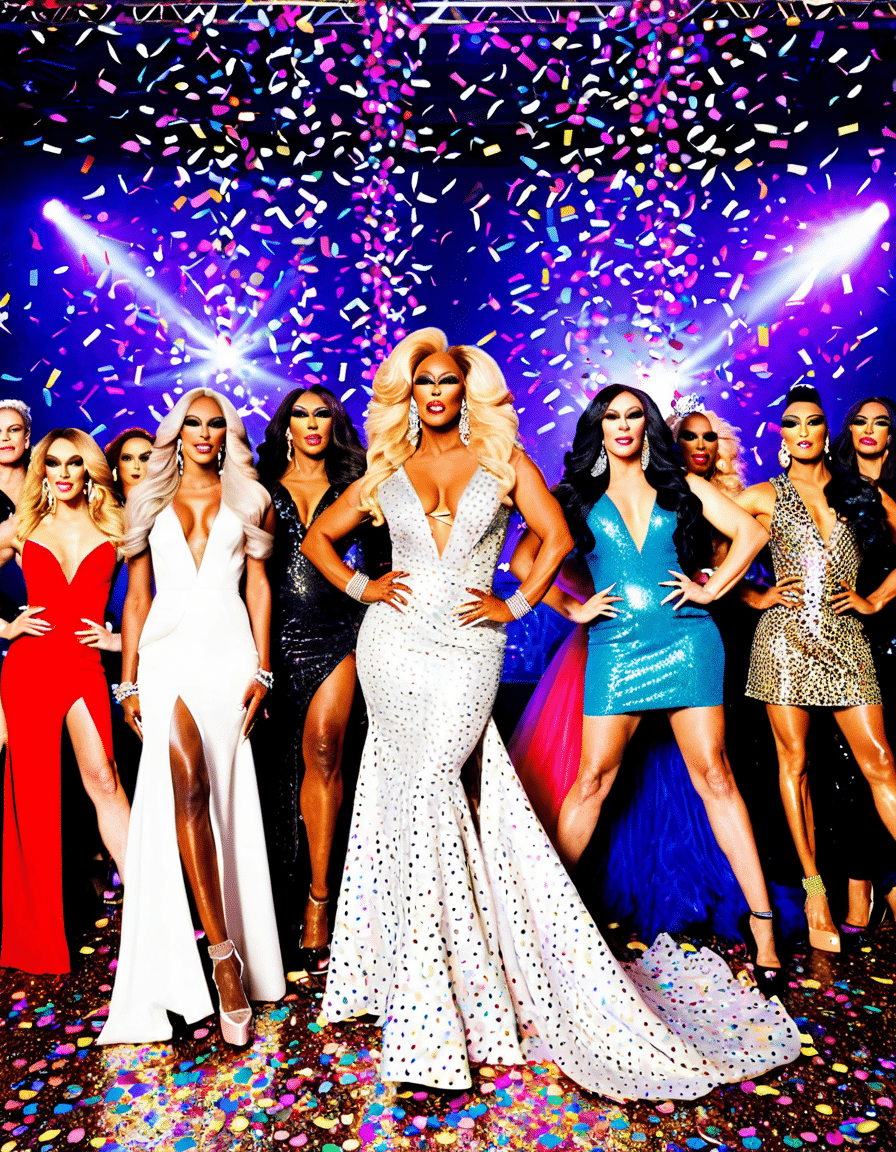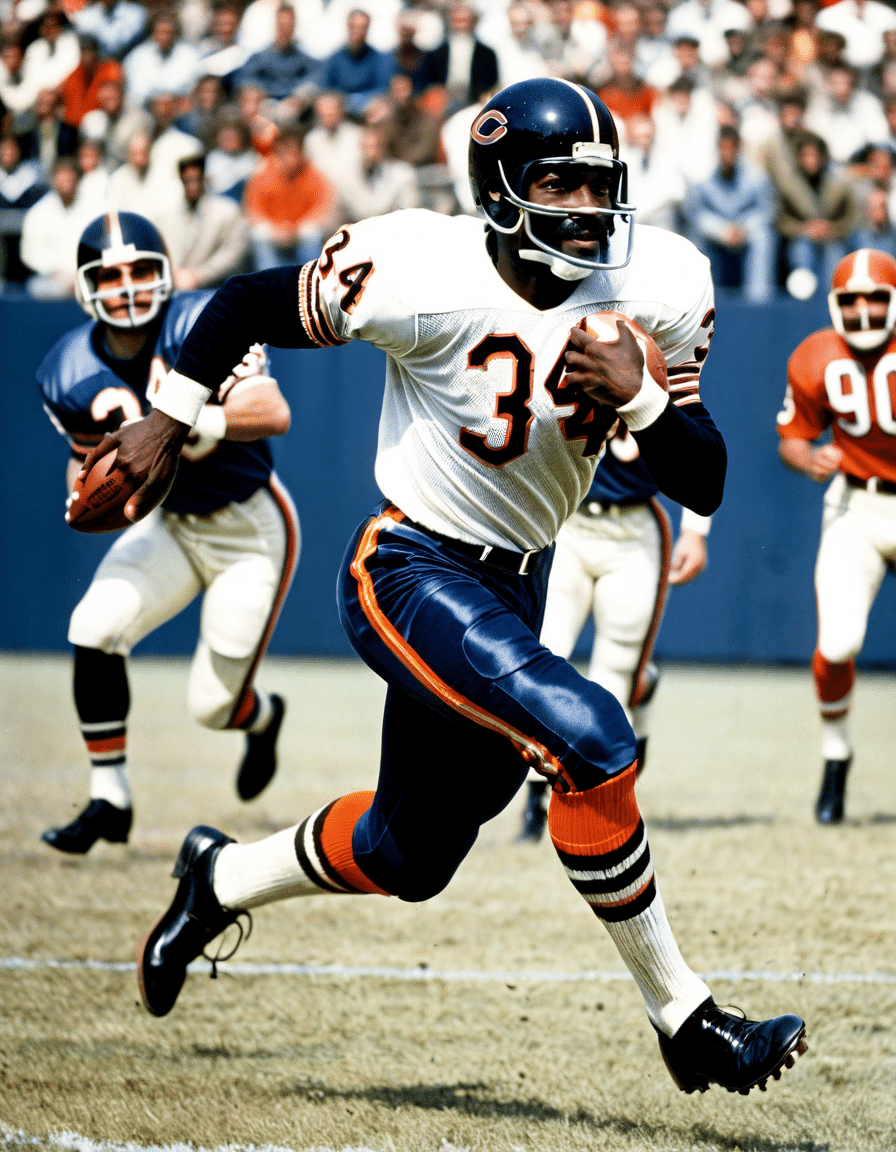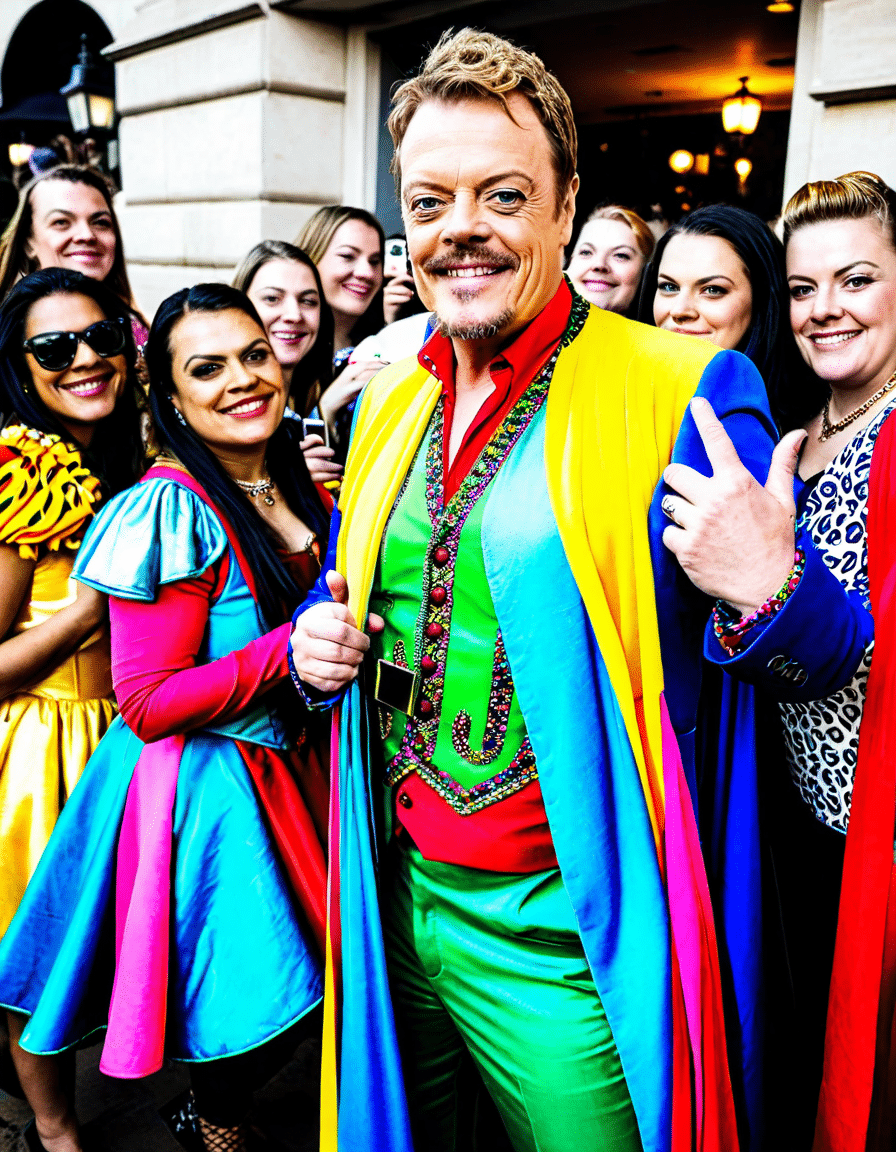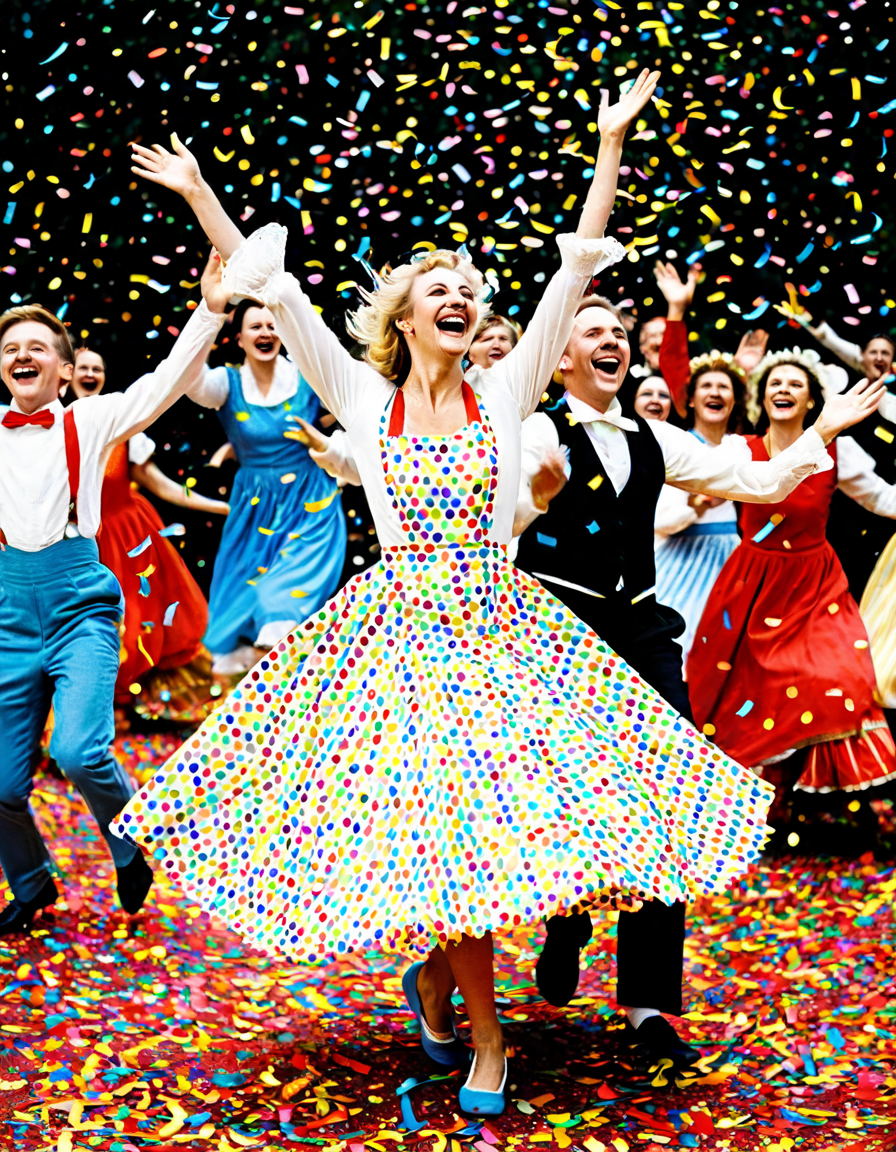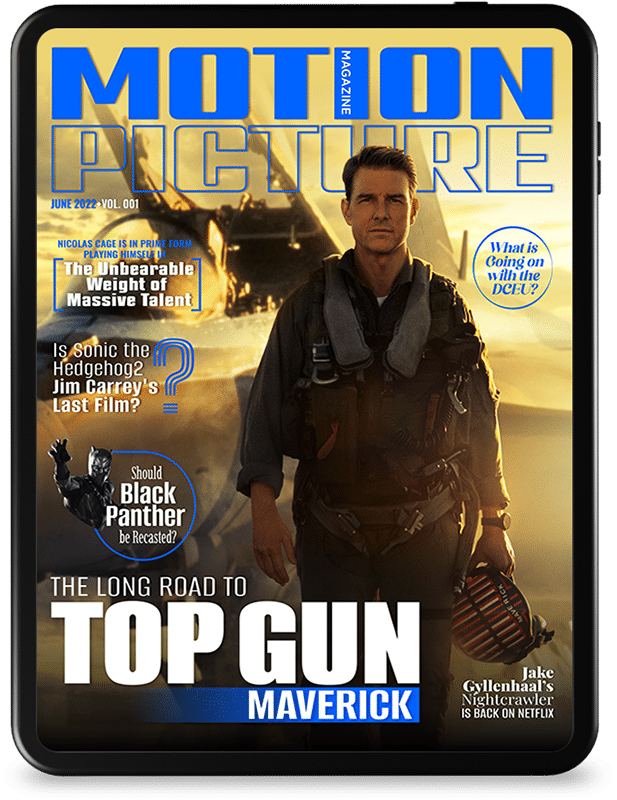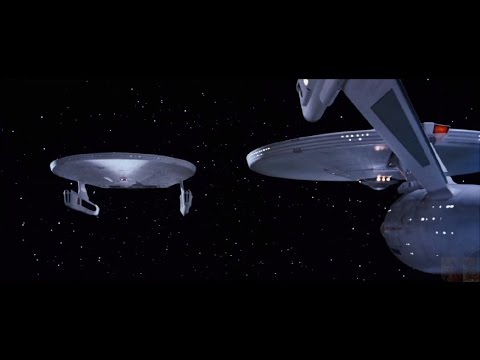
The Wrath of Khan: A Tale of Vengeance and Honor
In the universe of sci-fi cinema, few films resonate quite like Star Trek II: The Wrath of Khan. Released in 1982, this wasn’t just a typical sequel; it’s a gripping yarn that weaves together themes of revenge, sacrifice, and the relentless march of time. The heart of this classic beats through its intense rivalry between Captain James T. Kirk and the brilliant yet vengeful Khan Noonien Singh, brought to life by the unforgettable Ricardo Montalbán. The wrath of Khan is not merely about anger; it’s a complex examination of the lengths one might go to for justice—or retribution.
Khan’s character adds a depth that has sparked conversations around ethical dilemmas and moral choices within the franchise. His quest for vengeance against Kirk embodies the darker side of ambition and intelligence. It showcases how personal vendettas can warp a noble spirit into something vengeful and destructive. It’s intriguing to think: how far would we go for retribution? Khan’s pursuit offers a haunting mirror to our own lives, highlighting our struggles with betrayal, loss, and above all, honor.
Kirk, characterized by his steadfast commitment to Starfleet ideals, becomes not just Khan’s adversary but his moral counterpart. This clash of titans reveals the nuances of leadership and the burden that comes with the responsibility of command. As viewers, we’re placed in a position to empathize with both characters, each driven by their respective motivations. This adds layers to the wrath of Khan, making it not just an adventure, but a thoughtful exploration of the human condition.
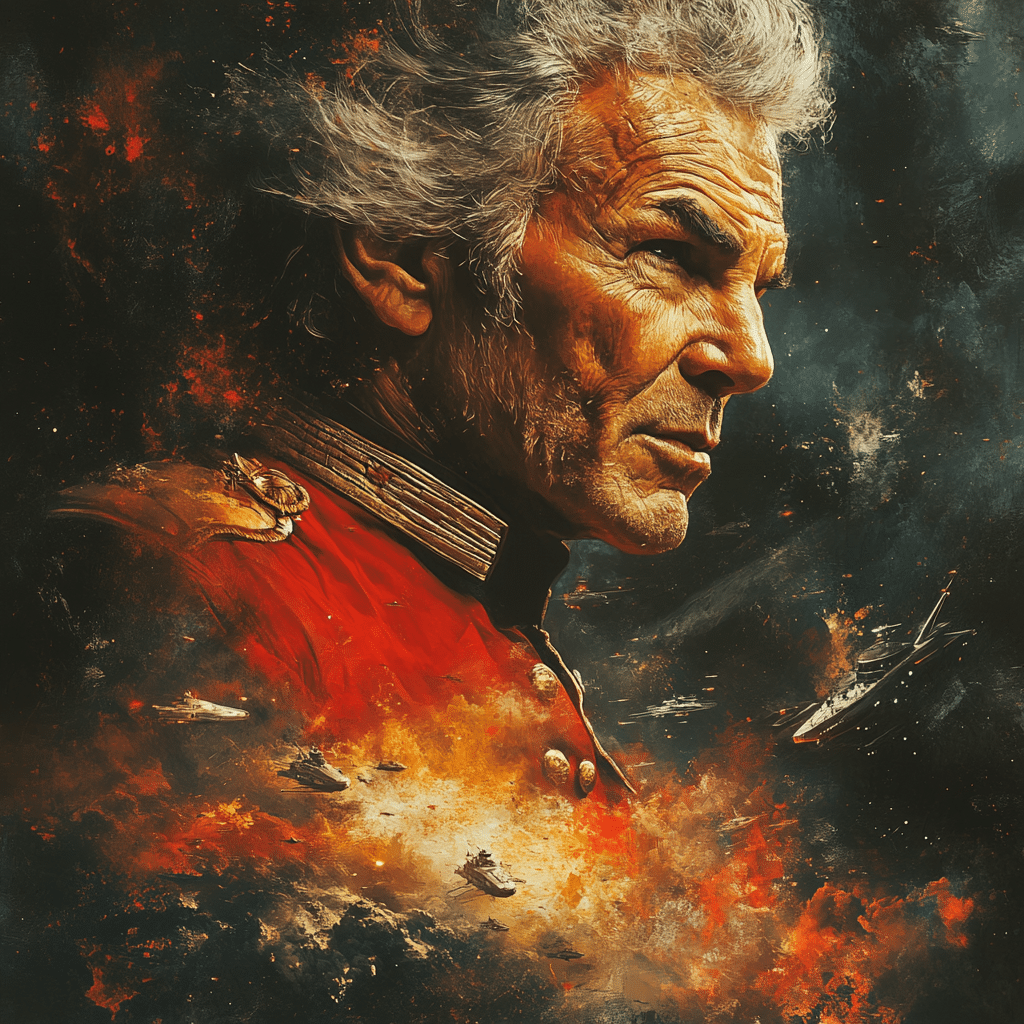
Top 5 Moments that Showcase the Wrath of Khan’s Epic Revenge
The wrath of Khan isn’t just about big explosions and space battles. It’s packed with riveting moments that underline his relentless thirst for vengeance. Here are five pivotal scenes that do just that:
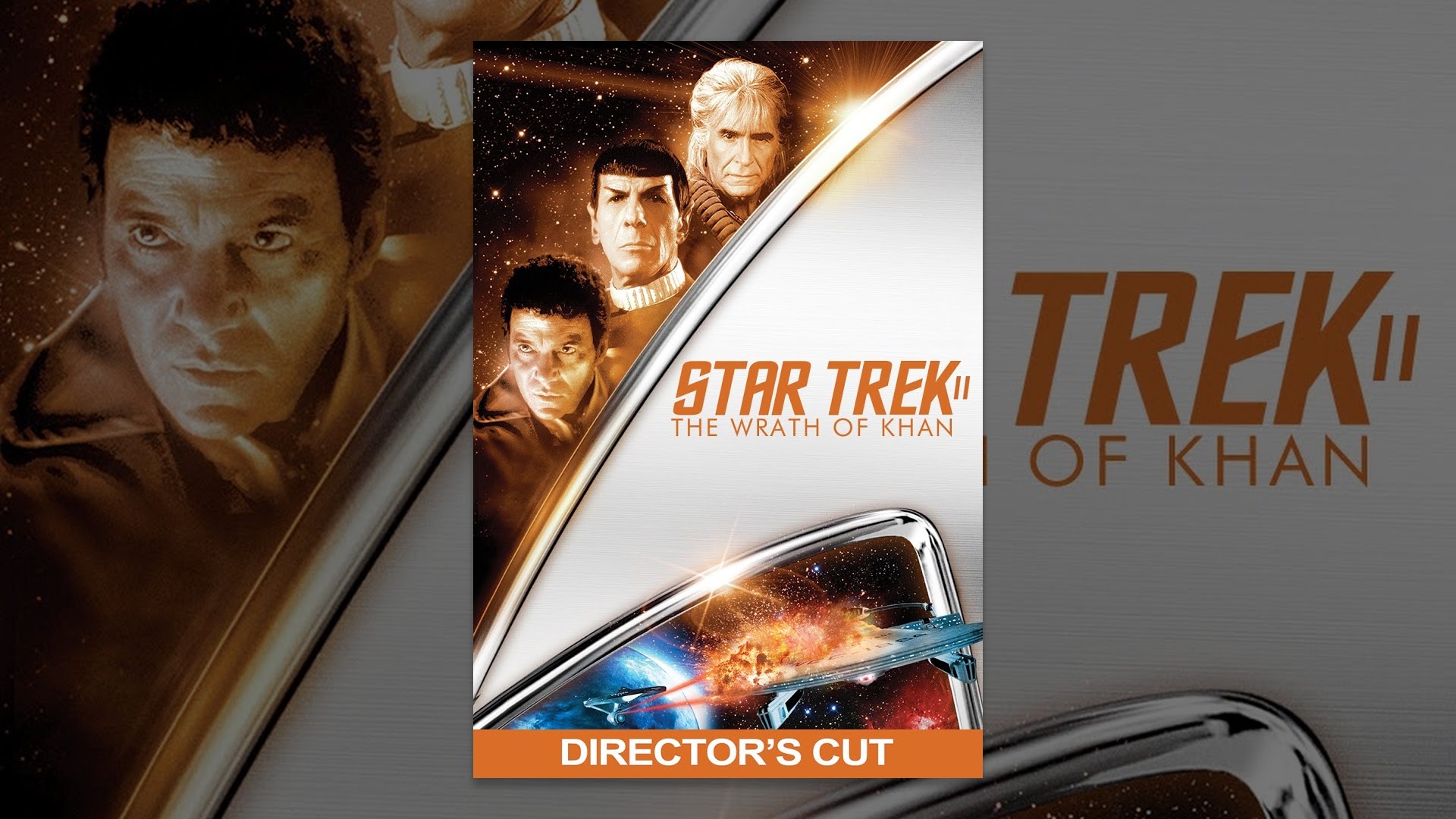
The Hanged Man: The Symbol of Sacrifice in Khan’s Quest
If we delve a bit deeper into Khan’s psyche, we can draw parallels with the Hanged Man from tarot. This card stands for sacrifice, acceptance, and seeing the world from a fresh angle. Khan’s relentless pursuit of vengeance is not just a path of destruction—it’s shaped by his prior failures.
Khan’s evolution from a genetically enhanced superhuman to a tragic figure illustrates how a singular focus can ultimately lead to one’s downfall. He isn’t just a villain; he’s a cautionary tale of how unbridled revenge can consume and devastate, driving a wedge between one’s morals and life choices. His perspective shifts admirably throughout the film, underscoring that vengeance often warps one’s moral compass, not only taking down foes but also bringing about self-destruction.
As viewers, we’re reminded of our own frailties. Khan’s transformation might reflect our battles with past mistakes and how these can influence our present. It’s a narrative as profound as it is chilling—a timeless reminder of how our actions ripple through time.
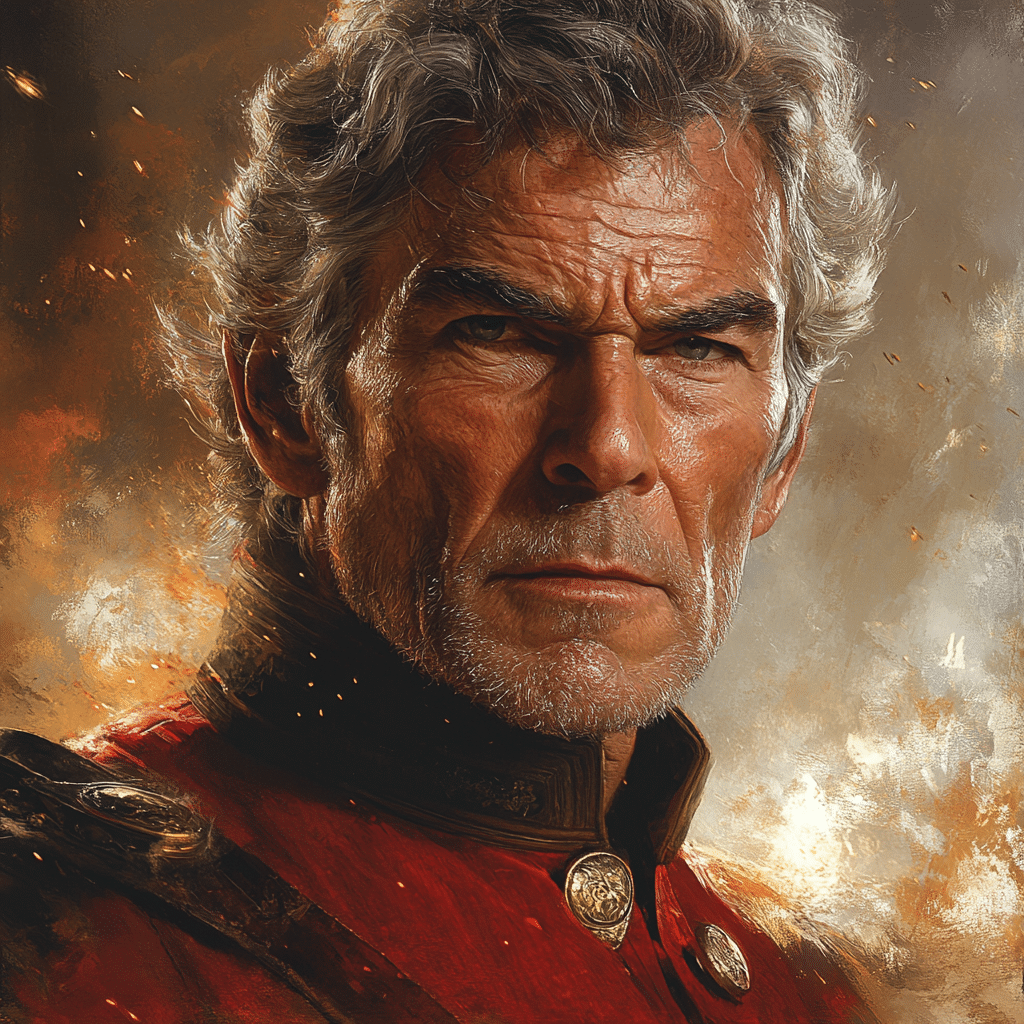
The Watchman: Observing the Themes of Leadership and Responsibility
Captain Kirk epitomizes what it means to be the watchman in wrath of Khan. Here’s a man bound by duty, expected to uphold both peace and justice in a galaxy fraught with conflict. However, as Khan’s wrath intensifies, Kirk’s leadership becomes increasingly challenged, forcing him to make difficult choices.
The weight of command and the constant shadow of his past decisions loom large over Kirk. The film grips us with questions: How do we stand firm in our ideals when everything we hold dear is under threat? As Kirk navigates his responsibilities, we glimpse the heavy toll of leadership amidst chaos. The legacy he builds is not merely about victory, but about confronting ethical dilemmas thrust upon him by Khan.
Kirk’s decisions carry weight, echoing themes of sacrifice and the responsibility of guiding others. This portrayal of leadership invites us to reflect on those who, like Kirk, struggle between personal desires and greater good. These stories transcend fiction, speaking to our own life choices, making the wrath of Khan both engaging and relatable.
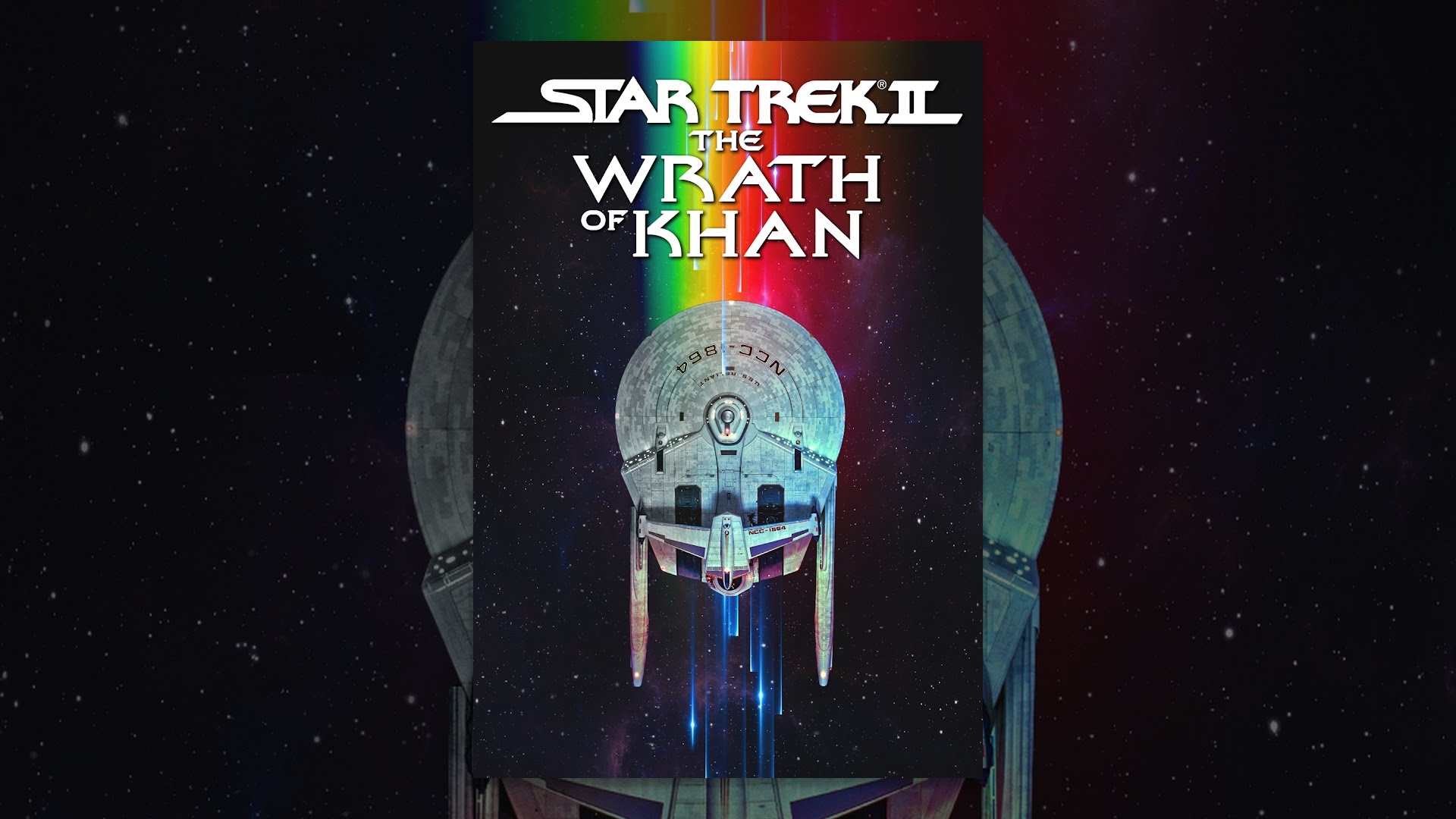
The Witch and the Beast: The Dichotomy of Good and Evil
The dynamic between Khan and Kirk can easily be viewed through the classic lens of good versus evil. Khan, often seen as the malevolent witch, manipulates and concocts schemes to achieve his aims. Yet Khan isn’t your ordinary villain; he’s complex, imbued with depth that makes his motives relatable.
On the other hand, we have Kirk, the steadfast beast—rugged, flawed but unfailingly driven to act in defense of honor and justice. This juxtaposition invites us to ponder deeper ethical dimensions of heroism and villainy. Khan’s tragic downfall blurs the lines between adversary and victim, emphasizing that the realms of right and wrong are often more than just black and white.
Ultimately, wrath of Khan challenges us to examine our perceptions of morality. The film reminds us that every character, hero or villain, carries weights from their pasts—shaping their present actions and future paths. This dynamic enriches the narrative, elevating it beyond a typical space opera and into profound commentary on human experience.
An Unforgettable Legacy: The Lasting Impact of the Wrath of Khan
Star Trek II: The Wrath of Khan has left an indelible mark in cinematic history. It’s a film that extends long after the credits roll, transcending its genre to become a powerful exploration of human themes that resonate through time. It goes beyond mere visual spectacle, giving audiences innovative storytelling wrapped around character arcs that provoke thought.
Khan’s wrath as a narrative device charts not just the perils of revenge, but the moral quandaries faced by those in positions of leadership. As we navigate these timeless themes in our current age, they hint at universal truths about the human experience. The legacy of the wrath of Khan offers us a lens through which we view our struggles with vengeance, duty, and the finer details of what makes us human.
So, whether you’re revisiting the wrath of Khan for the hundredth time or just diving in for the first, know this: It’s more than a movie. It’s a journey through the intricate tapestry of revenge, sacrifice, and the price of leadership, one that leaves behind an unforgettable resonance, much like Let It Grow Lyrics remind us of hope amidst challenges.
Khan remains a testament to the power of storytelling in revealing the fragile lines that define our lives. So grab your popcorn, sit back, and dive into one of the most profound cinematic legacies of our time!
Wrath of Khan: Epic Revenge and Unforgettable Legacy
Behind the Scenes Secrets
Did you know that the infamous “Wrath of Khan” features an intense showdown between old friends turned fierce enemies? The rivalry between Captain Kirk and Khan Noonien Singh, played brilliantly by Ricardo Montalbán, is a result of personal vendettas that reflect classic storytelling. Interestingly, Montalbán performed many of his own stunts, showcasing his dedication to the role. Speaking of creativity, if you enjoy eclectic storytelling reminiscent of Khan’s rebellious spirit, check out the latest adaptations in Manga buddy!
Iconic Quotes and Influence
“Wrath of Khan” is laden with memorable lines, including “I have done far worse than kill you.” This quote not only signifies the stakes in their battle but solidifies Khan as one of cinema’s greatest antagonists. It’s fascinating how this film paved the way for a resurgence of sci-fi, influencing generations of filmmakers and fans alike. For a glimpse of other famous moments in film history, consider exploring cultural pieces like The Aristocrats joke, which similarly encapsulates the boldness of storytelling.
Legacy and Impact
The legacy of “Wrath of Khan” has reached beyond the big screen. The emotional depth and themes of revenge and redemption resonate with audiences even today. Many Hollywood heavyweights, such as Brad Pitt and his kids, grew up inspired by the adventurous spirit of such films. As time marches on, even the younger generation feels a connection to characters like Khan, solidifying their place in popular culture. Just as Khan continuously seeks his goals, so do iconic figures like Megan Fox and her kids, who delve into creative expressions inspiring future generations in their respective crafts.
So, whether you’re a die-hard fan of the Star Trek franchise or just discovering it, “Wrath of Khan” offers a treasure trove of insights, reflections, and inspirations that endure through time. And hey, if you’re ever wondering How tall Is Joe biden, that’s another fun fact to tuck away while you contemplate the stars!
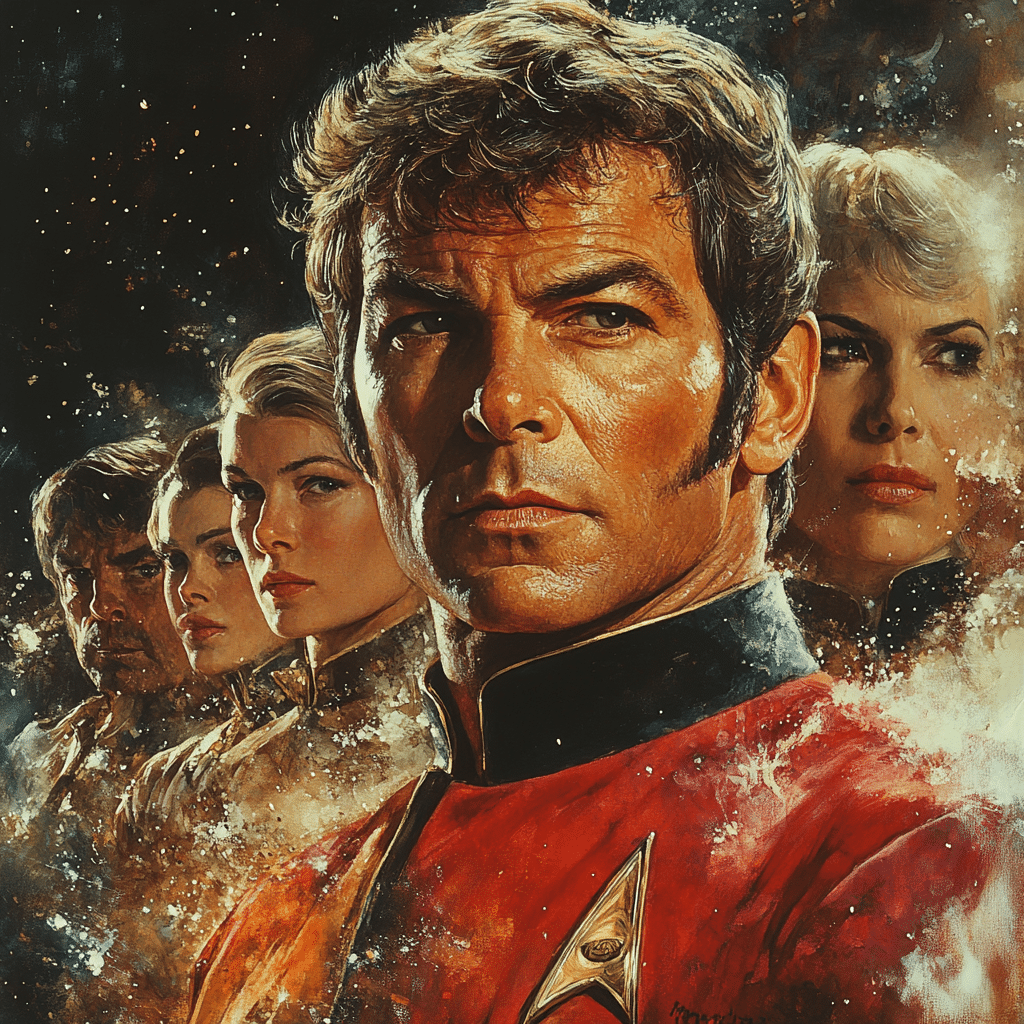
What was the famous line from The Wrath of Khan?
The famous line from The Wrath of Khan is, “I’ve done far worse than kill you. I’ve hurt you. And I wish to go on hurting you.”
How old was William Shatner in Wrath of Khan?
William Shatner was 52 years old during the filming of Wrath of Khan, which was released in 1982.
Why is The Wrath of Khan so good?
The Wrath of Khan stands out because it combines classic Star Trek themes with fresh ideas, creating a compelling story. Kirstie Alley’s portrayal of Saavik was praised, though some fans were puzzled by her emotional moment during Spock’s funeral.
Why was Spock killed off in Wrath of Khan?
Spock was killed off in Wrath of Khan to add emotional weight and drama to the film. The storyline included his sacrifice while trying to save the Enterprise and its crew from radiation.
What is a cool quote about wrath?
A cool quote about wrath is, “Wrath is a hint that something needs to change,” capturing the idea that anger can be a catalyst for action.
What is a famous Khan quote?
One of Khan’s famous quotes is, “I shall leave you as you left me, as you left her: marooned for all eternity in the center of a dead planet.”
How old was Captain Kirk in Wrath of Khan?
Captain Kirk was around 52 years old during the events of Wrath of Khan, mirroring Shatner’s age in real life.
Why didn’t Kirstie Alley play Saavik?
Kirstie Alley didn’t reprise her role as Saavik in later Star Trek films mainly because of contract disputes and creative differences with the filmmakers.
How old was Leonard Nimoy when he died?
Leonard Nimoy was 83 years old when he passed away in 2015, leaving behind a profound legacy in the world of entertainment.
Which Star Trek was Wrath of Khan?
Wrath of Khan is the second film in the Star Trek movie series, following Star Trek: The Motion Picture.
Why is Khan a bad guy?
Khan is considered a bad guy because he is driven by revenge against Kirk, blaming him for his suffering and the fate of his people.
What is the ear thing in Wrath of Khan?
The ear thing in Wrath of Khan refers to a creepy scene where Khan uses a peculiar parasite to brainwash through the ear, which adds to the film’s horror elements.
Why did Spock never marry?
Spock never married because his character exemplifies Vulcan logic and often prioritizes duty over personal relationships, making romance a secondary concern.
Why does Khan hate Kirk?
Khan hates Kirk largely because of their past conflict, where Kirk stranded him and his people, leading to years of bitterness and a desire for revenge.
How many times has Spock died?
Spock has technically died three times throughout the Star Trek series: in Wrath of Khan, in the reboot Star Trek (2009), and once more in Star Trek Into Darkness (2013), though he came back each time.
